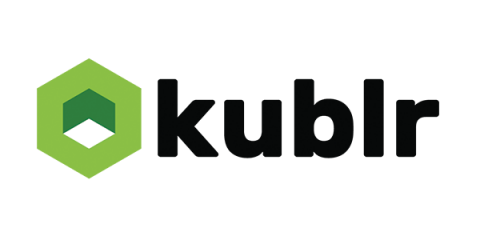Kublr 1.19 Continues Expanding Kubernetes Operations Capabilities, Supports Control Plane In-place Upgrades
With the release of Kublr 1.19, we are continuing the tradition of expanding customization capabilities available to end users and Kubernetes operators and administrators. Kublr 1.19 includes numerous improvements to the customization of Kubernetes clusters deployed on AWS and other clouds. Key among these is support for mixed instance policies including spot and on-demand instances and multiple instance types.



